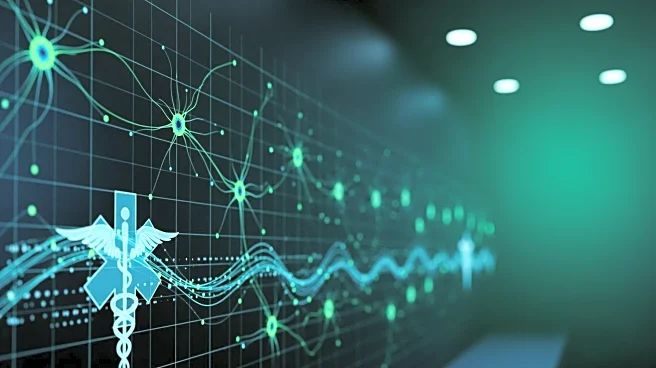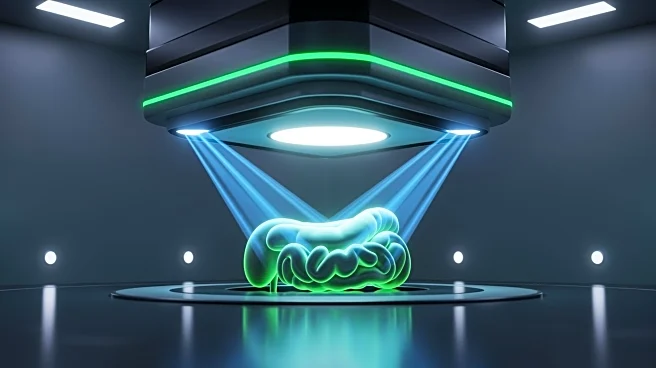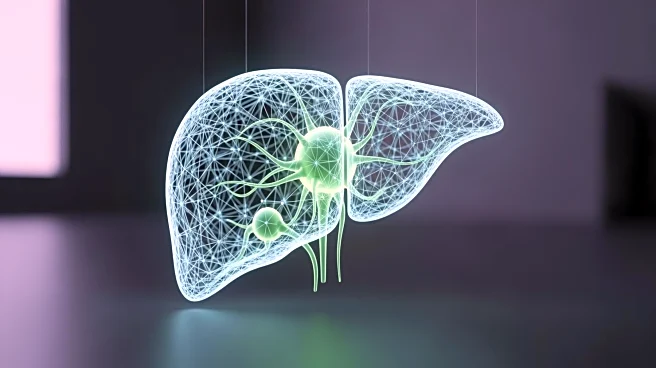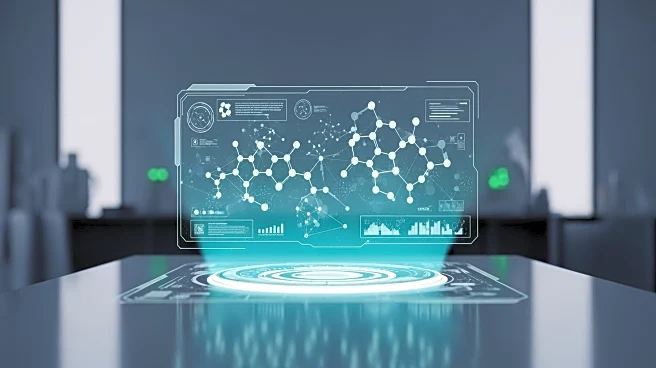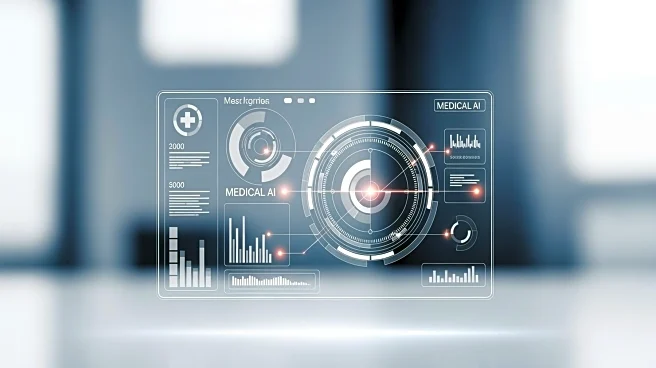What's Happening?
Recent research has explored the use of deep generative models for classifying blood cell morphology. These models, particularly diffusion classifiers, have shown promise in automating the morphological
characterization of blood cells, a task traditionally performed by human experts. The study utilized a latent diffusion model to predict the most probable class of blood cells from input images, aiming to improve accuracy and efficiency in medical diagnostics. The research involved training the model on various datasets, including CytoData, which consists of single-cell images from blood smear slides. The model's ability to distinguish between normal and abnormal cells was tested, demonstrating its potential for clinical applications.
Why It's Important?
The development of automated blood cell classification models is crucial for enhancing diagnostic accuracy and efficiency in healthcare. By reducing reliance on human expertise, these models can streamline the diagnostic process, potentially leading to faster and more accurate identification of blood cell types. This advancement could significantly impact the medical field, particularly in hematology, by providing tools that assist in diagnosing diseases and conditions related to blood cell abnormalities. The integration of such technology in clinical settings could improve patient outcomes and reduce the burden on healthcare professionals.


